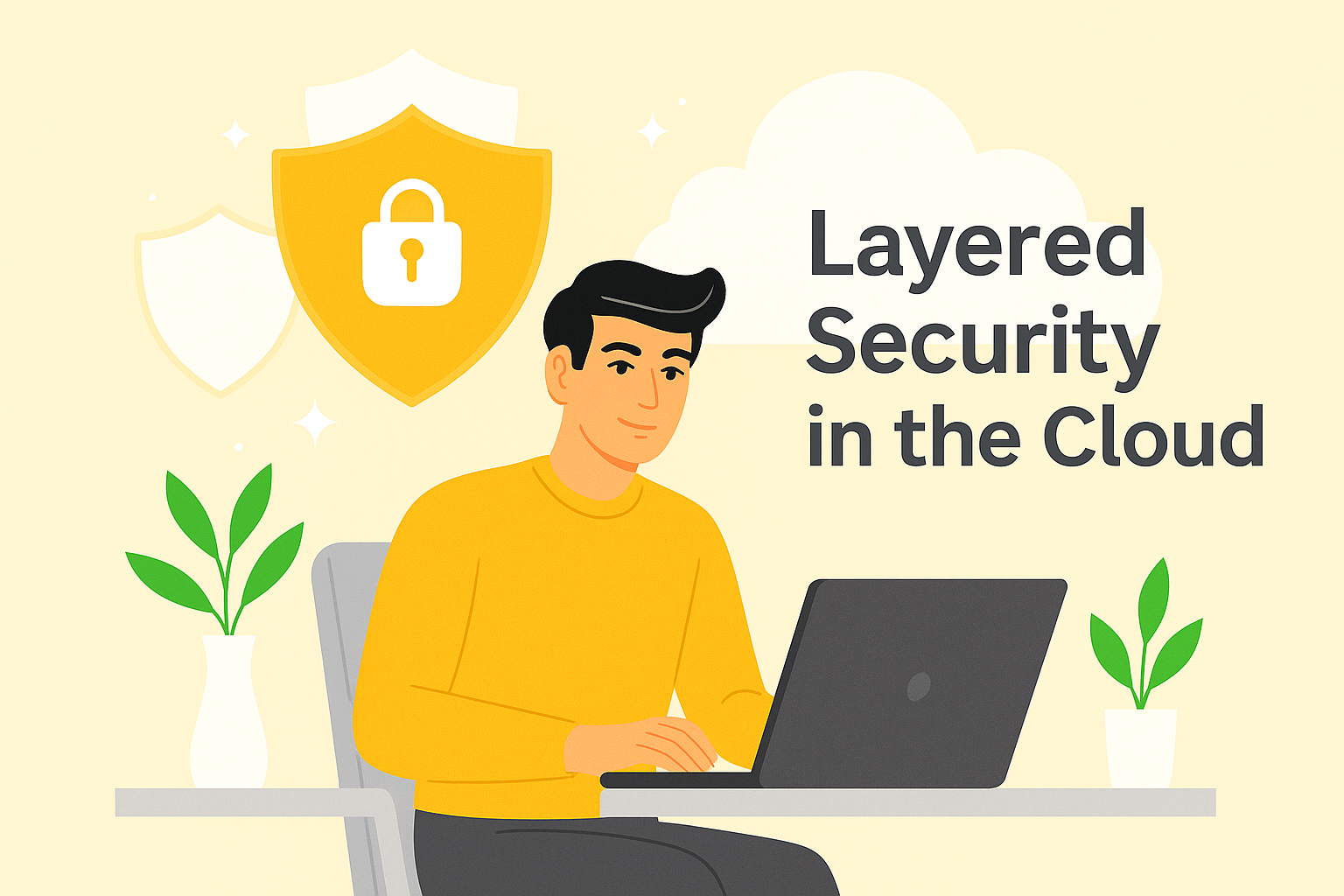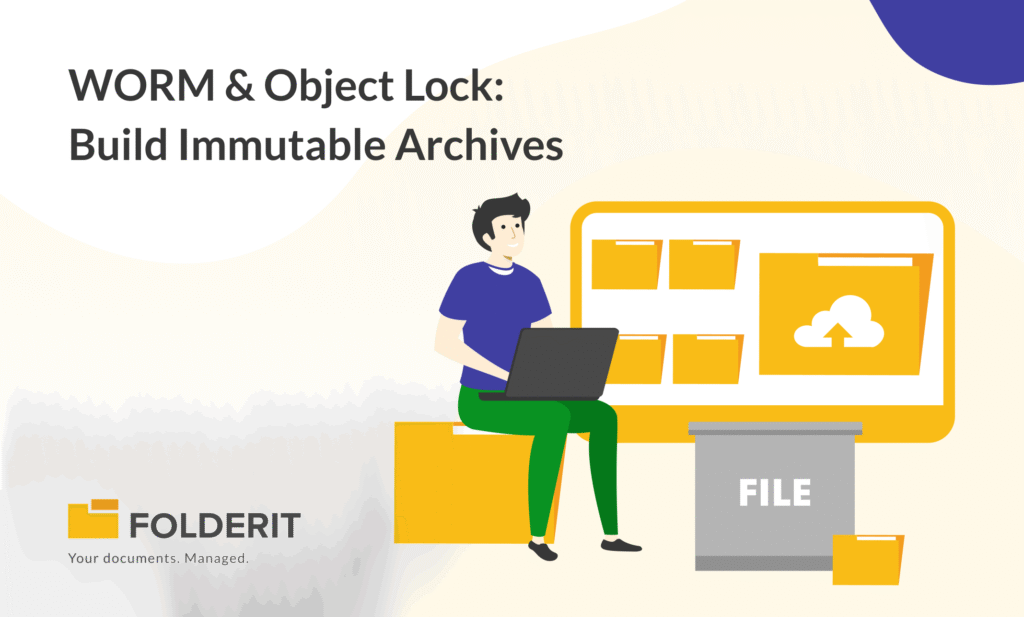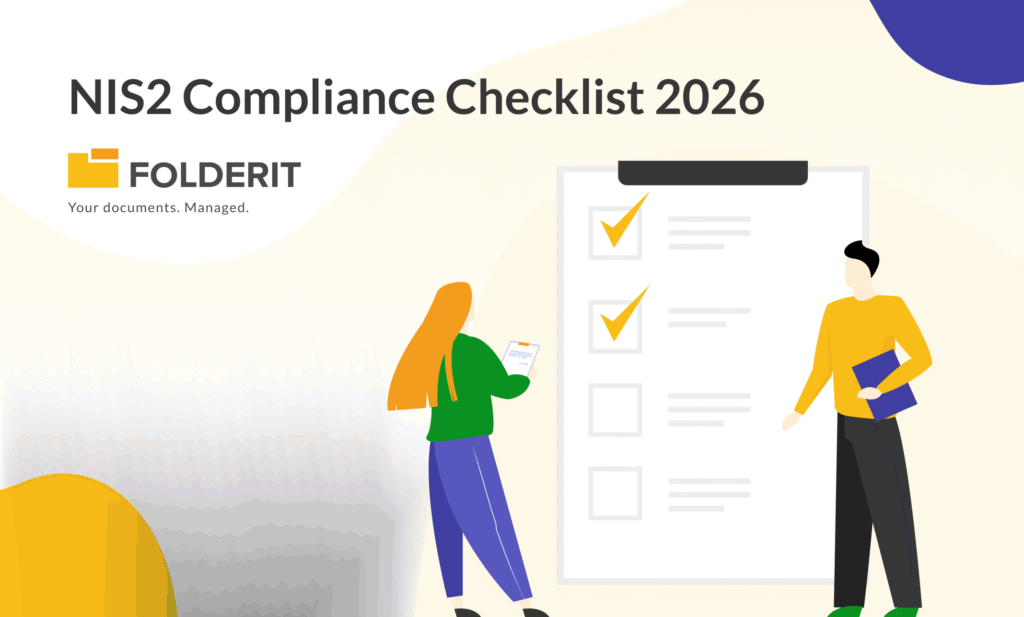When it comes to protecting business documents, one security measure is never enough. Cyber threats are evolving, and so are the ways attackers try to gain access to sensitive files. A strong password policy might stop the casual intruder, but it will not deter a determined one.
That is where the concept of layered security comes in: combining multiple safeguards so that even if one is breached, the others stand firm.
Why Layered Security Matters More Than Ever
Cloud-based document management has changed the way companies work. Teams can collaborate from anywhere, clients can review documents without endless email chains, and records are backed up in secure data centers.
But with convenience comes exposure. Remote work, mobile devices, and shared links expand the possible entry points for attackers. A single compromised password could mean a serious breach unless there are extra layers of defense in place.
Think of it like a secure building. You would not rely on just the front door lock. You would have security cameras, a guard at reception, locked offices, and safes for the most sensitive items. The same principle applies to your documents.
The First Layer: Two-Factor Authentication
A password alone is no longer enough. Phishing, password reuse, and data leaks make it too easy for credentials to fall into the wrong hands. Two-factor authentication adds a second step, usually a temporary code sent to your phone or generated by an authentication app.
Even if someone steals your password, they still cannot get in without that code. For most attackers, that is enough to make them give up and move on.
Best practice tip: Require 2FA for all accounts, not just admins. In many breaches, attackers start with the lowest-level user and move upward.
The Second Layer: IP Restrictions
Two-factor authentication stops most credential-based attacks, but what if a malicious actor also has access to the second factor, for example by stealing a phone or tricking a user into revealing a code?
IP restrictions address this risk by limiting logins to specific, pre-approved networks. For example, you might allow access only from your company’s office IP range or from your corporate VPN.
That means even if an attacker has both the username and the password, they will be blocked if they are connecting from an unapproved network.
Use case example:
- A law firm allows access only from its headquarters and branch office networks.
- Remote staff connect via a secure VPN, which is also whitelisted.
- Any login attempt from outside these IPs is automatically blocked.
The Third Layer: Granular Access Levels
Not everyone in your organization needs to see every document. The more widely you share sensitive information internally, the greater the chance it will leak, accidentally or otherwise.
Granular access control lets you define exactly who can view, edit, or download each document or folder. Permissions can be set at the company, department, or even individual file level.
The principle is simple: give people only the access they need to do their job, nothing more.
Practical benefits:
- Limits the damage if an account is compromised.
- Reduces accidental changes or deletions.
- Makes compliance audits easier by showing exactly who had access to what.
How These Layers Work Together
Each of these features is powerful on its own. Combined, they create a far more resilient defense:
- Two-factor authentication stops most credential theft attempts.
- IP restrictions block unauthorized logins from unfamiliar networks.
- Access levels ensure that even a compromised account has limited reach.
It is not about assuming one layer will catch everything. It is about making sure the attacker has to break through multiple, independent barriers.
Beyond the Three Layers
These three measures are part of a broader cloud security strategy. Encryption in transit and at rest, regular security audits, and continuous monitoring all have their place.
In day-to-day document management, two-factor authentication, IP restrictions, and granular access control form a frontline defense. They protect your team’s work, your clients’ trust, and your organization’s reputation. Combine them well, and you raise the bar high enough that most attackers will look elsewhere.






